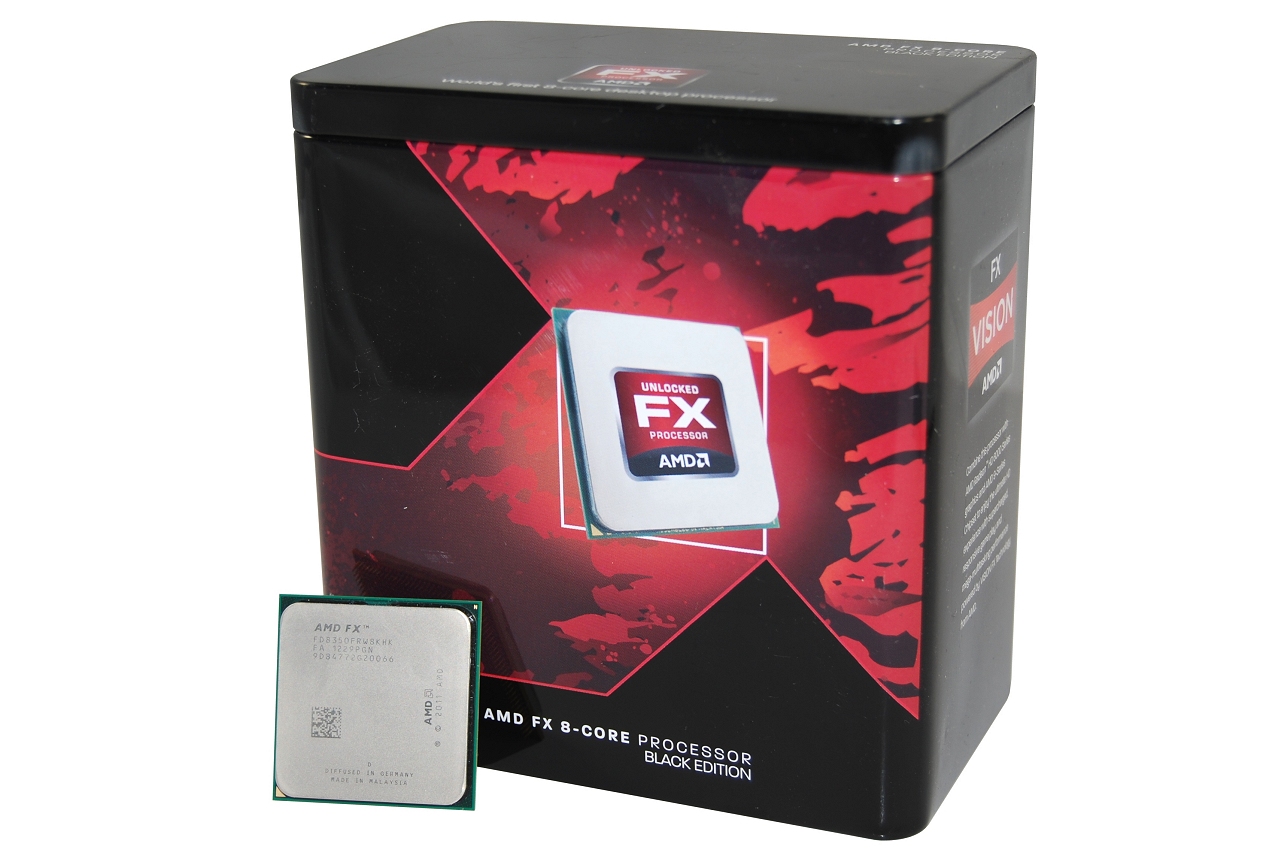


The traditional desktop CPUs on Piledriver microarchitecture are a much more interesting animal. Therefore, they are not really representative of the true potential of the new microarchitecture. Trinity processors have a limited number of computing cores, do not have an 元 cache and their clock speeds are not at the highest. However, this is exactly the case when the use of an APU doesn’t let the microarchitecture to really shine to the utmost of its potential. It has been used for a while in the company’s hybrid processors known as Trinity in mobile products as well as in Socket FM2 platform. To be more exact, Piledriver microarchitecture is not really that new. Moreover, today the company is launching desktop processors on Piledriver microarchitecture – an enhanced modification of their Bulldozer, which should deliver the promised annual performance boost. So far there is no indication that AMD decided to give up the high-end segment. Nevertheless, let’s not start panicking ahead of time. However, such change of primary targeting may also shift the overall focus from performance to energy efficiency, which may be fatal for the higher-end desktop segment. Of course, this microarchitecture is currently also used in the company’s hybrid products, so it won’t sink into total oblivion. The company’s current market situation is not very favorable and there is massive restructuring going on, where the development of high-performance desktop processors I not a top priority task. The only real threat to the Bulldozer’s successors could be the fact that AMD may run out of persistence and willpower to fully perfect these products. Therefore, AMD engineers have a very good reason to remain loyal to their unique strategy. Keeping in mind the ever-growing popularity of parallel calculations, this approach should one day produce great results. The design concept of contemporary high-performance AMD products implies the use of a larger number of simplified computing cores working at higher frequencies. Secondly, despite all the concerns about the first CPUs with Bulldozer microarchitecture, they undoubtedly have quite a few great things going on in them, which can eventually pay off big. According to the engineers, the performance of high-end AMD products should improve by at least 10-15% per year with each new iteration of processor design improvements. By the way, this is what they made clear during the original launch. Therefore, for the next few years, while the fresh AMD microarchitecture continues to accumulate improvements and to mature, the performance of processors based on it could increase significantly. AMD engineers haven’t yet had time to fix or improve things about their design, although there is a lot of opportunity for optimizations in Bulldozer. For example, the current high-performance Intel processors are already using the fourth generation of the Core microarchitecture that is why it is quite logical that it boasts very impressive efficiency at this point. And it was quite natural that it wasn’t all so polished off and optimized yet. However, no one was ready to give up on AMD yet, and here is why.įirst of all, Bulldozer is the first version of a radically new processor design. However, there wasn’t much to be raving about: the company still didn’t manage to catch up with Intel’s microprocessor architectures in efficiency, so at that point AMD remained behind, at least in the high-performance segment. A year ago AMD introduced their principally new Bulldozer microarchitecture and desktop processors based on it.


 0 kommentar(er)
0 kommentar(er)
